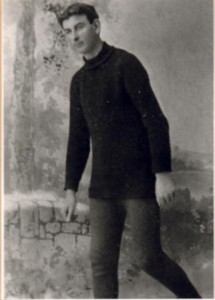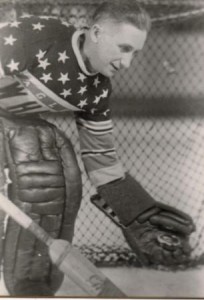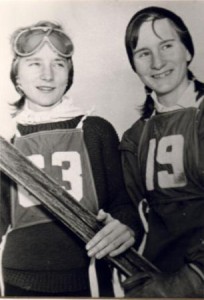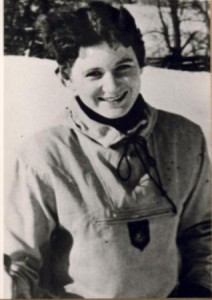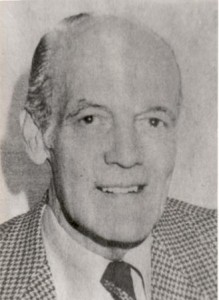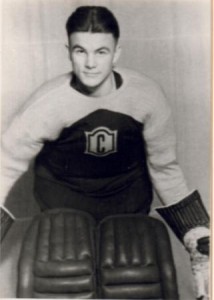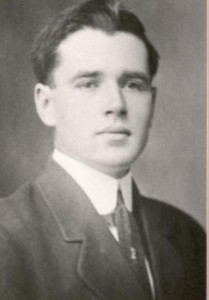 Professional foot racing was a booming sport throughout the Georgian Bay 70 years ago but few people know that Collingwood once claimed a professional distance runner of national reputation.
Professional foot racing was a booming sport throughout the Georgian Bay 70 years ago but few people know that Collingwood once claimed a professional distance runner of national reputation.
His name was Roy Hewson and for a decade between 1906 and 1916 he ruled supreme in races over distance between three and five miles.
He was the postmaster at Batteau Settlement, just south of Collingwood, for many years. Hence his nickname “The Batteau”.
No person heard of him as a runner until he casually entered the five-mile race in the annual Domination Day Celebration at Collingwood.
Dressed in street clothes, he literally walked away from the field of twenty better than average runners of that era.
He was only fifteen years old at the time and he did not take the sport too seriously until two Stayner backers persuaded him to take a crack at professional running.
In the spring of 1909, he gave up his amateur standing and entered a race over a seven-mile course from Duntroon to the old Globe Hotel in Collingwood. He lost that race to Ed Haverson of New Lowell.
Haverson was a seasoned runner with two big time wins at the Canadian National Exhibition to his credit. On April 25th, 1909, Hewson beat Haverson soundly for a purse of three hundred dollars and a two hundred dollar side bet. Collingwood sportsmen Joe Ganley and Paddy Stone won ten thousand dollars on the race.
The skinny kid from Batteau went home with a silver cup in his arms and five hundred dollars in his pocket. Hewson won a dozen more important races and repeated his victory over Haverson in Barrie.
Three years later he won the three-mile Canadian title in Toronto but interest in professional running had died out. The purse was only fifty dollars. The Batteau hung up his running shoes and went back to the post office. Twenty-nine years ago he collapsed and died outside on the street after attending a hockey match in the Collingwood Arena.

